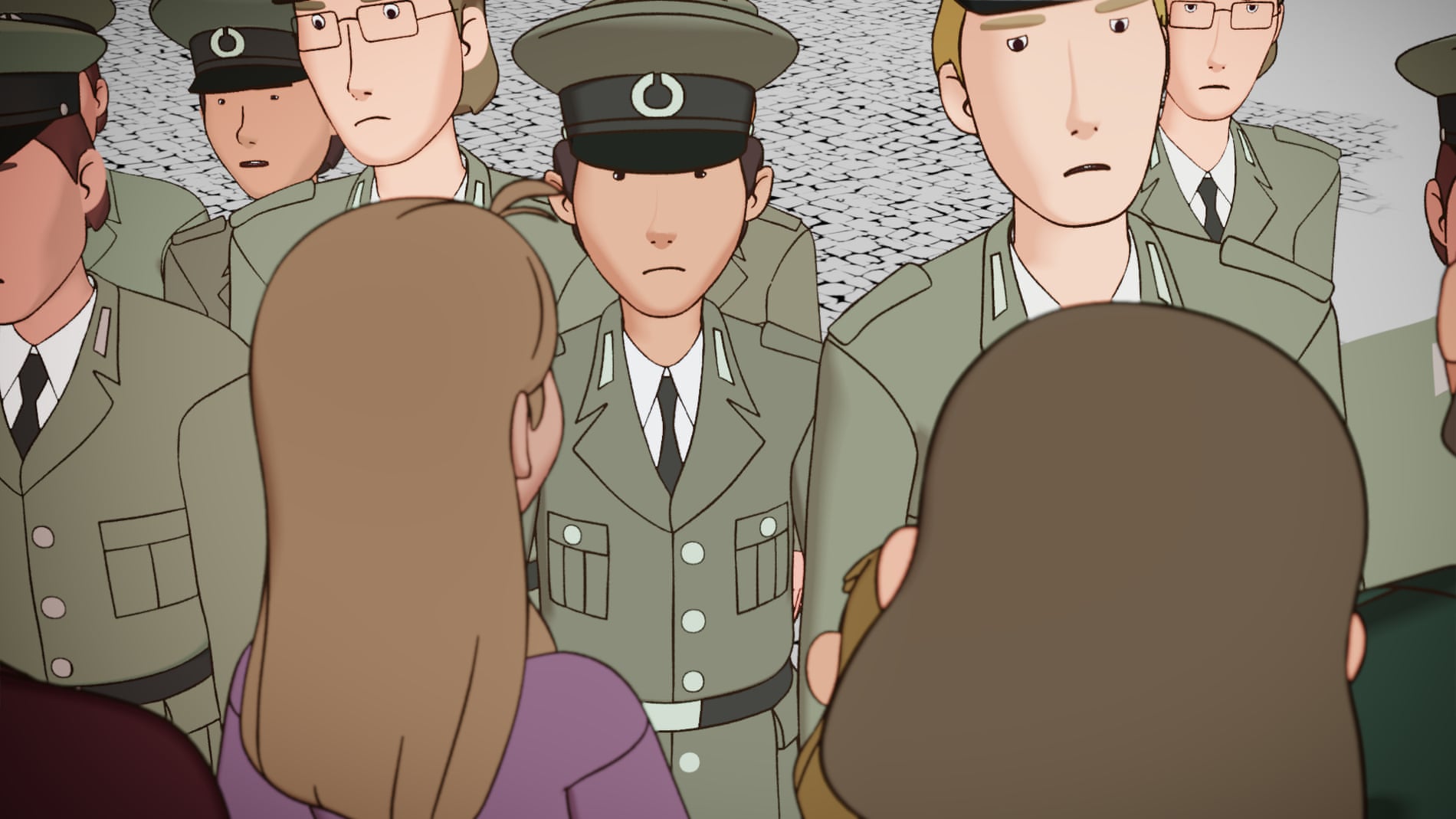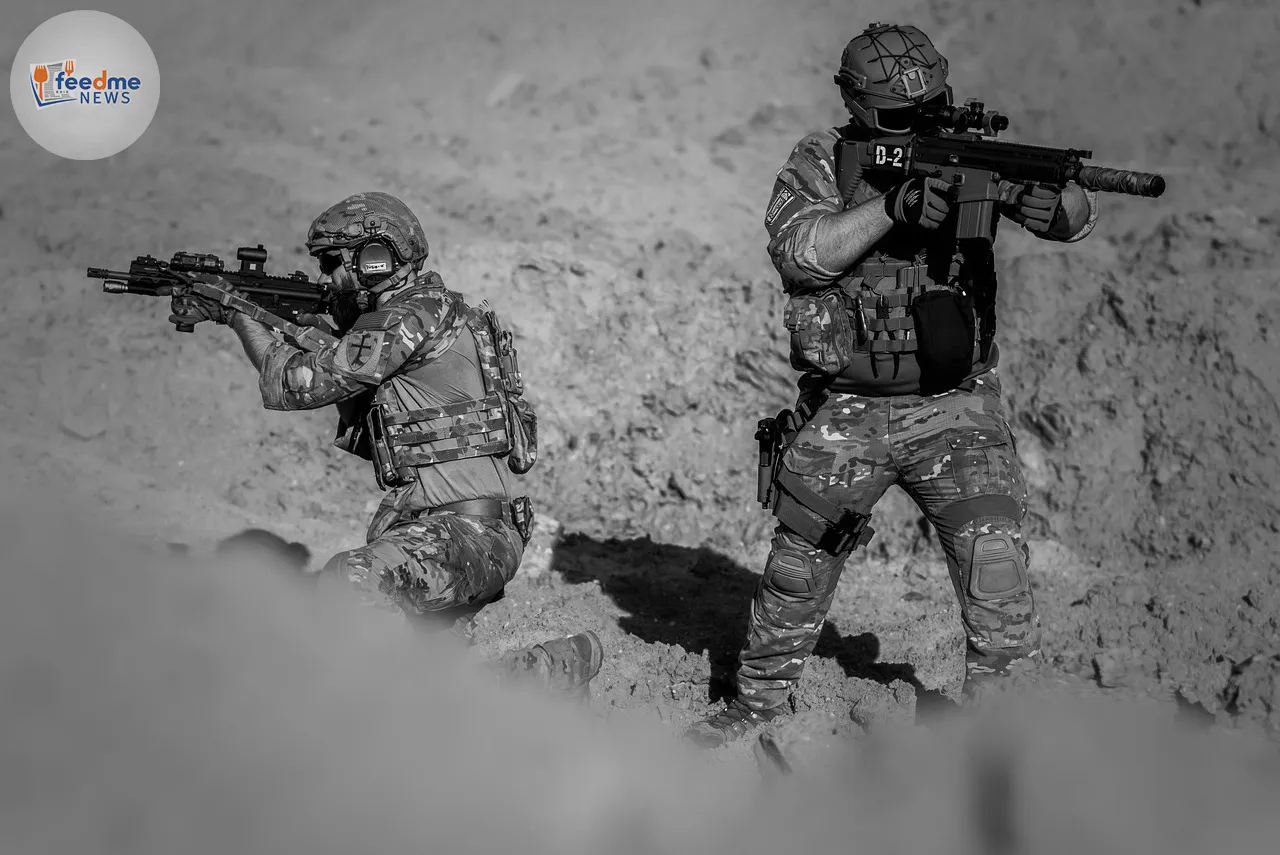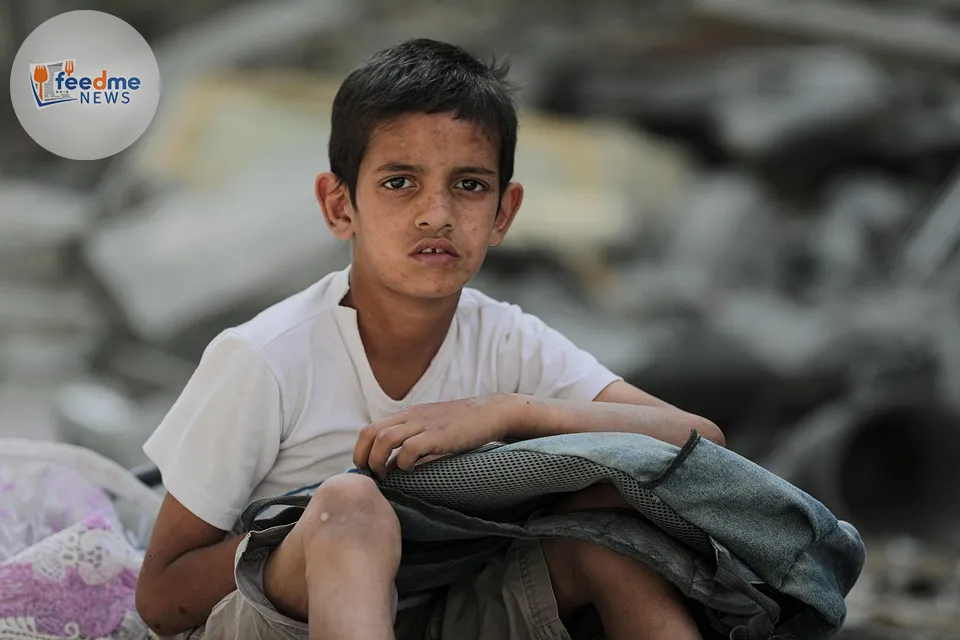A children’s television series about life in communist East Germany has won an International Emmy, drawing global attention to a pivotal chapter in European history. Auf Fritzis Spuren (In Fritzi’s Footsteps) follows a 12-year-old girl in Leipzig as she navigates everyday life in the German Democratic Republic and witnesses the events that led to the fall of the Berlin Wall in 1989. The creators say they want the series to spark curiosity about the region’s past and encourage open conversations within families and classrooms. The win highlights a growing acceptance that children’s storytelling can address difficult topics with honesty and care while remaining accessible, engaging, and age-appropriate.
The International Emmy recognition, awarded in November 2025, underscores the strength of European children’s television at a time when educators and parents seek trusted content about history and civic life. It also shines a light on Leipzig’s central role in the peaceful mass protests that transformed East Germany in the late 1980s, ultimately accelerating change across the Eastern Bloc.
When and where it happened
The series received its International Emmy in November 2025 at the awards organised by the International Academy of Television Arts & Sciences. The story unfolds in Leipzig, an East German city that became a focal point of public dissent in 1989, and culminates with the fall of the Berlin Wall later that year.

Image courtesy of The Guardian
A child’s view of a divided country
In Fritzi’s Footsteps centres on a young girl’s perspective, inviting children to see history through someone their own age. The approach makes complex themes more relatable: school, friendships, family decisions and the small rules that shaped daily life under a one-party state. By grounding the narrative in a single city and a single household, the series shows how national events filter down to personal choices, caution, courage and hope.
The backdrop is the GDR, where the state shaped media, schools and civic organisations. Many East Germans experienced both pride in community ties and frustration at limits on free speech, travel and political participation. By focusing on routines and relationships, the series offers an entry point to understanding a society that no longer exists, while avoiding sensationalism. For young viewers, it turns textbooks into human stories.
Why Leipzig became a symbol of change
Leipzig holds a special place in the history of 1989. The city’s Monday demonstrations grew into one of the largest non-violent protest movements in the Eastern Bloc. Congregations in and around the Nikolaikirche became gathering points for citizens calling for freedom of expression, free elections and the right to travel. As numbers swelled, the movement helped shift the political balance, signalling that change could come without violence.
The series situates its young protagonist in this climate of rising civic action. It shows how news, rumours and hope spread through families and neighbourhoods, and how children sensed that adults were making decisions with unusual urgency. By placing a child in Leipzig at that time, the programme links local courage to global transformation, providing context for the collapse of the Berlin Wall and the end of the Cold War division in Germany.
International Emmy recognition and its significance
An International Emmy marks a benchmark for television produced outside the United States. For a children’s series rooted in recent European history, the honour highlights the value of telling difficult stories in formats that families and schools can use. It also signals an appetite among international juries for narratives that bridge education and entertainment without simplifying the truth.
Awards help programmes reach wider audiences. The Emmy will likely increase interest from broadcasters, streamers and educators who seek content that supports history and civics curricula. For German producers, it reinforces the country’s role in high-quality children’s media. For global audiences, it adds a fresh, child-focused lens to a period often told through adult political leaders and historic speeches.
Teaching hard history with care and clarity
The creators have said they hope the series will awaken interest in the history of East Germany. That aim aligns with a broader shift in children’s media: treating young viewers as capable learners who can handle complex topics when storytellers use clear language, careful framing and age-appropriate detail. Rather than shielding children from the past, the series models how to talk about it with honesty and respect.
Educators often look for narratives that balance facts with empathy. A child’s-eye view can do both. It allows discussion of surveillance, constraint and protest without overwhelming detail. It invites questions: What was it like to live with restricted travel? How did families decide whether to stay, go or speak out? How did communities organise peacefully? These questions encourage critical thinking, civic reflection and intergenerational conversations at home.
Context: from the Wall’s fall to reunification
The Berlin Wall fell in November 1989 after weeks of public pressure and political upheaval in East Germany and across Eastern Europe. Less than a year later, on 3 October 1990, Germany reunified. Those dates anchor school lessons across Europe, but the lived experience remains varied. People in former East German regions often recall a shared civic effort, followed by rapid social and economic change.
By focusing on 1989 through a child in Leipzig, the series brings that transition to life. It shows why the city’s peaceful demonstrations matter to German identity today. It also highlights a message relevant beyond Germany: that ordinary citizens, working together and choosing non-violence, can shift history. For young viewers, the lesson is as practical as it is inspiring.
Why this story resonates now
More than three decades after the Wall fell, Europe still debates how to teach the Cold War and its aftermath. Misinformation thrives when difficult subjects go unexplained or feel remote. A well-made children’s series can cut through confusion by grounding events in clear narratives, real places and everyday choices. It offers an accessible path into understanding how institutions, rights and responsibilities shape daily life.
The International Emmy suggests that audiences and experts value that approach. It also shows how children’s television can do more than entertain. When made with care, it can build historical literacy, empathy and civic awareness. Those skills matter in classrooms, on family sofas and in public life, where informed debate depends on shared facts and a sense of how we got here.
What parents and teachers can take from it
Parents often look for trusted ways to discuss history at home. Teachers seek materials that fit lesson plans without losing nuance. In Fritzi’s Footsteps meets both needs by pairing an engaging story with a clear timeline of events in 1989. It allows adults to pause and explain, and it invites children to ask what they would do in similar moments.
The series also encourages reflection on how communities handle change. It shows that bravery can mean joining a peaceful crowd, asking a hard question or choosing truth in small, everyday ways. Those themes fit with citizenship education across Europe, where respect for rights and responsibilities underpins a healthy democracy.
Looking ahead: why this Emmy matters
The International Emmy for Auf Fritzis Spuren signals a broader shift in how children’s media treats history: with openness, empathy and respect for young viewers’ intelligence. The win will likely boost the series’ reach and prompt new commissions that tackle complex subjects through accessible storytelling. For Germany, it reinforces Leipzig’s enduring place in the story of 1989 and showcases the country’s strength in public-interest children’s programming. For families and schools worldwide, it offers a timely resource that makes the fall of the Berlin Wall understandable and relevant. As more creators take on sensitive topics with care, children will gain stories that help them grasp the past and think clearly about their own role in shaping the future.





